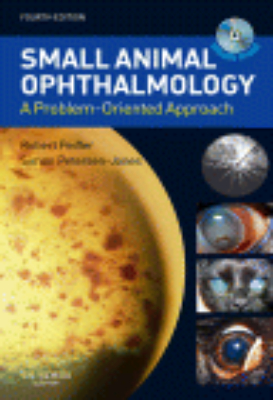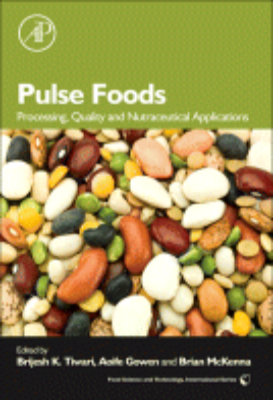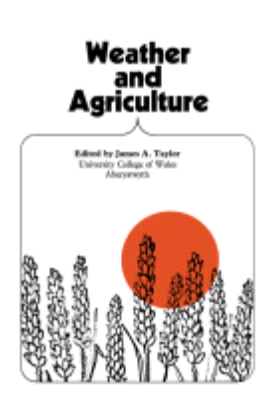Small Animal Ophthalmology
“This new edition retains the successful problem-oriented approach and full color text of the previous edition, along with wide coverage of all aspects of small animal ophthalmology and more than 150 color illustrations. In addition the new edition offers much more, including an instructional CD-Rom of 40 clinical cases comprising video clips and questions, to further improve the reader’s skills in reaching an accurate diagnosis and selecting the best treatment option. All chapters have been fully revised and updated to take into account latest developments. Key Features. Over 150 full-color illustrations on all common ophthalmic conditions. Problem-oriented approach engages the reader and promotes learning. Concise basic science chapter to set the background to the clinical conditions. Comprehensive clinical examination and diagnosis chapter. International ophthalmic formulary appendix for quick reference to drug doses and formulations. Aimed at veterinary students and general practitioners. Comes with CD-Rom packed with 40 clinical cases to help readers apply what they have learned. New illustrations cover key clinical conditions and surgical procedures. Includes new material throughout on exotics. New contributors brought in to keep the text fully up to date”
| Publication Language |
English |
|---|---|
| Publication Access Type |
Premium |
| Publication Author |
* |
| Publisher |
Elsevier |
| Publication Year |
* |
| Publication Type |
ebooks |
| ISBN/ISSN |
* |
| Publication Category |
Animal Science |
Kindly Login to ICAR Digital Library Portal.











